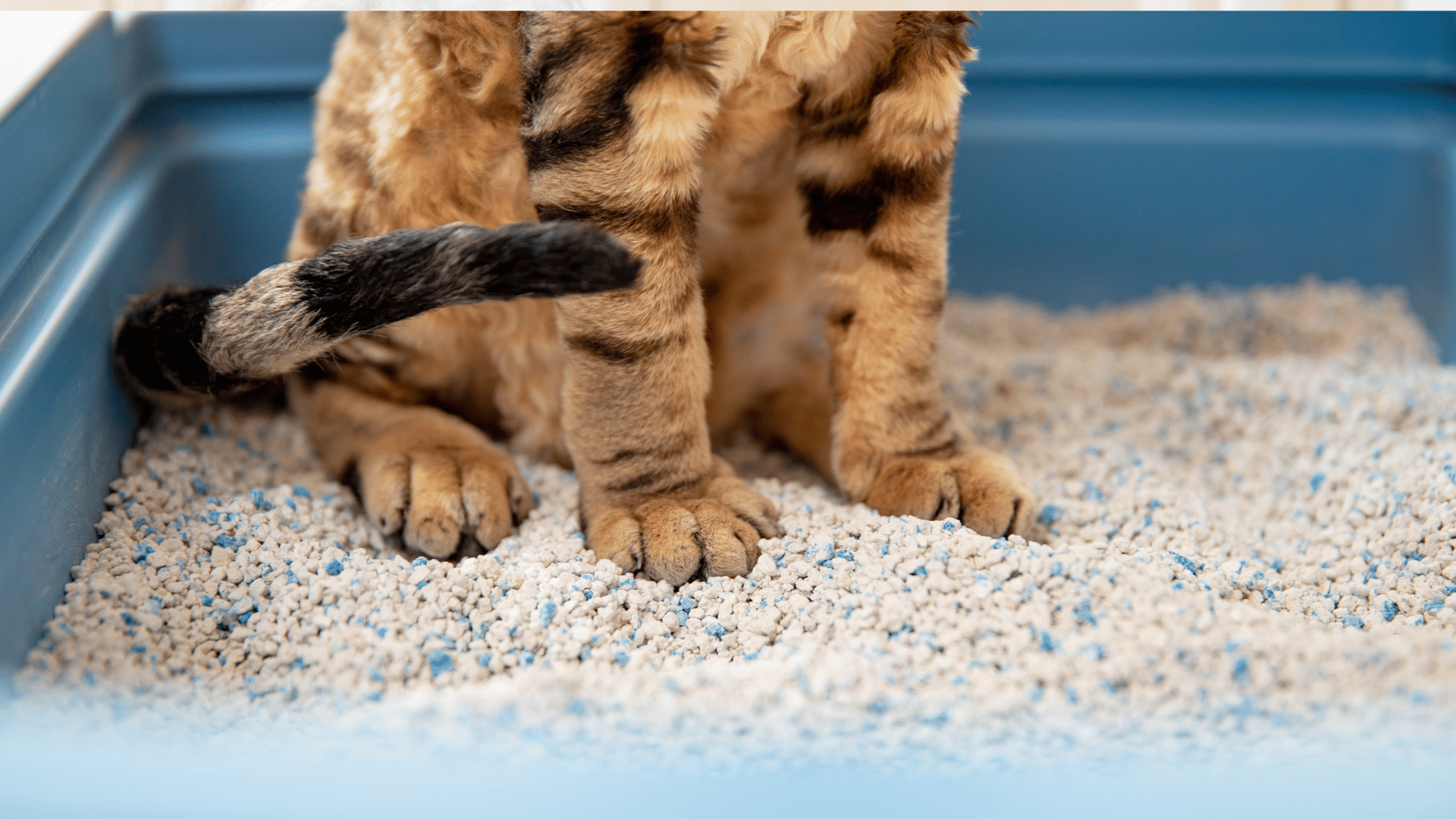How to Train a Cat to Use a Litter Box
Cats are independent creatures, but even the most self-reliant feline needs a nudge to master the litter box—especially if you’re starting fresh or fixing a lapse. If you’re wondering how to train a cat to use a litter box, you’re not alone; it’s a rite of passage for cat owners everywhere. The process can be smooth with the right approach, and this guide will show you how to train a cat to use a litter box using patience, strategy, and a touch of 2025’s feline-friendly trends. Let’s turn your cat into a litter box pro and keep your floors mess-free.
Why Litter Boxes Click with Cats
Cats naturally bury their waste to hide scents—a holdover from wild instincts. The American Society for the Prevention of Cruelty to Animals (ASPCA) says this makes litter training easier than, say, teaching a dog to fetch. But kittens, rescues, or older cats switching homes might need guidance. It’s less about forcing and more about tapping into what they already want—a clean, safe spot to go.
Step 1: Pick the Perfect Box
Not all litter boxes are equal. Size matters—too small, and they’ll snub it; aim for 1.5 times your cat’s length. Open boxes suit most, but shy cats might prefer hooded ones. Place it in a quiet, accessible spot—away from food and loud appliances. I set my cat Luna’s box in a corner; she darted on day one.
Step 2: Choose the Right Litter
Litter’s a personal thing for cats. Clumping clay’s a crowd-pleaser—easy to scoop, mimics dirt—but some dig unscented or natural options like pine. Avoid heavy scents; cats hate fake floral whiffs. I tried a perfumed brand once; Luna glared and peed on my rug. Start with what their breeder or shelter used, then tweak. Texture and smell steer them in—or out.
Step 3: Introduce the Box Early
Timing’s key. For kittens, show them post-nap or meal—prime potty times. Gently place them in, let them sniff, and praise if they dig. Adult rescues? Same drill, but watch for stress. My friend’s tabby, Milo, hid for days—until we set him in the box after breakfast; he got it fast. No digging? Scratch the litter yourself—cats mimic.
Step 4: Reward, Don’t Punish
Positive vibes work; scolding doesn’t. When they use the box, offer a treat, a “good kitty,” or a pet—whatever they love. If they miss, clean it quietly—no nose-rubbing; it confuses them. Luna got a tuna bit her first week; she strutted after. The PetMD crew agrees—rewards build habits, punishment breaks trust.
Step 5: Keep It Clean
Cats are fussy— a dirty box is a dealbreaker. Scoop daily, swap litter weekly, and scrub the box monthly with mild soap—no bleach, it’s too harsh. I slacked once; Luna boycotted for the bathtub. One box per cat, plus an extra, is the golden rule—multi-cat homes need options. Cleanliness isn’t negotiable.
Step 6: Watch for Stress Signals
Accidents happen, but patterns hint at trouble. Peeing outside the box? Could be stress, a new pet, or a move. Spraying? Maybe territory woes. Milo peed on a couch after a dog visit—calming pheromones fixed it. The ASPCA links stress to litter woes; address the root, not just the mess.
Step 7: Troubleshoot Refusals
Some cats resist. Wrong box size? Swap it. Hate litter? Test another. Too far away? Move it closer. Luna shunned a covered box—switched to open, problem solved. Health’s a factor too—UTIs or arthritis make boxes painful; vet check if it persists.
Step 8: Transition with Care
Switching boxes or homes? Ease in. Keep the old setup nearby while introducing the new—gradual wins. Moving? Set the box up first; familiarity soothes. My sister relocated with her cat, Cleo; box in place, Cleo adjusted in days. Abrupt changes spark rebellion—slow and steady keeps the peace.
Step 9: Tap 2025’s Training Edge
Litter tech’s blooming in 2025. Self-cleaning boxes save scooping—pricey but slick. Biodegradable litter (corn, walnut) trend for eco-cats. Training pads under boxes catch strays—genius for messy learners. These perks pair with basics; your cat won’t care, but you’ll love the ease. Stay curious—innovation’s your ally.
Step 10: Build a Routine
Consistency seals it. Feed at set times—predictable meals mean predictable bathroom trips. Place them in the box after eating or waking; repetition sticks. Luna’s morning scoop-and-go became clockwork—I’d sip coffee, she’d handle business. The routine’s the glue; stick to it, and they will too.
Myths to Bury
Let’s debunk some nonsense. Cats aren’t “untrainable”—they just need the right nudge. One box doesn’t fit all homes—numbers matter. And no, they won’t spite-pee forever; fixes work with effort. I thought Luna’d never learn after a rug mishap—wrong; she’s a boxing champ now. Trust the process, not the folklore.
A Litter Box Triumph
My neighbor’s kitten, Pip, was my test case. Fresh from the shelter, he hit the carpet first day. We got a shallow box, plain clay, and set him in after naps—treats for every dig. Week two, he swaggered in solo; by month’s end, he’d perch on the edge like a king. Messy start, tidy finish—it’s your turn now.
Final Thoughts: How to Train a Cat to Use a Litter Box
Mastering how to train a cat to use a litter box blends instinct, care, and a dash of grit. Pick the right gear, reward success, and tweak as needed—your cat becomes a litter pro, and your home stays pristine. In 2025, it’s old-school smarts with new-school flair. So grab a box, some litter, and your feline—clean floors await. Learn more tips for animal training Furry-Talk.


No responses yet